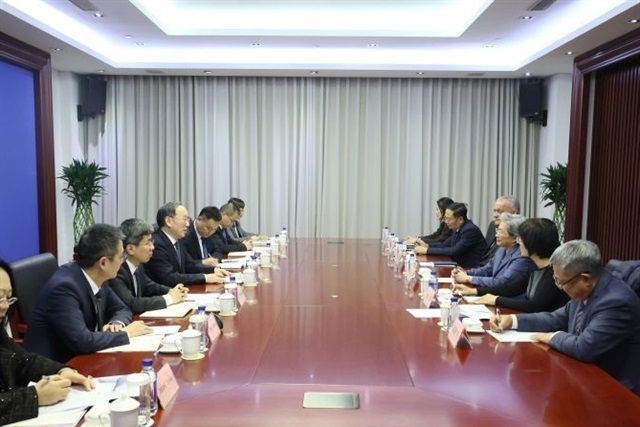
At the HAIC2025 Artificial Intelligence Innovation Conference in Kunshan on December 18, Dawning Information Industry Co. (Sugon) unveiled its scaleX 10,000-accelerator supercluster, marking the first physical debut of a domestically developed AI cluster at this scale
AMEC, China's leading semiconductor equipment vendor, has sent its clearest signal yet that it no longer intends to remain a single-discipline specialist. Its planned acquisition of a controlling stake in Hangzhou Sizone Electronic Technology marks a strategic shift toward becoming a platform-scale equipment group, rather than a company defined by individual tools
Global automotive sales are likely to edge higher in 2026, returning roughly to pre-pandemic levels, but the industry should not expect a swift or robust recovery, according to Jay Shen, managing director of the Garmin Asia Auto OEM Group. While demand is improving compared with 2025, he said, structural pressures and policy uncertainty will continue to weigh on growth
Shanghai-based Biren Technology has cleared its Hong Kong listing hearing, positioning itself as Hong Kong's first listed domestic GPU pure-play and a key test for China's capital-intensive AI chip sector
The global auto industry is entering an unusual phase of expansion—one driven less by strategic ambition than by the need to survive. China's automakers have unleashed a surge of exports that, at first glance, looks like an aggressive push into overseas markets. Beneath the surface, however, lies a harsher reality: cutthroat competition at home and a deepening structural overcapacity that is leaving many firms with few viable alternatives